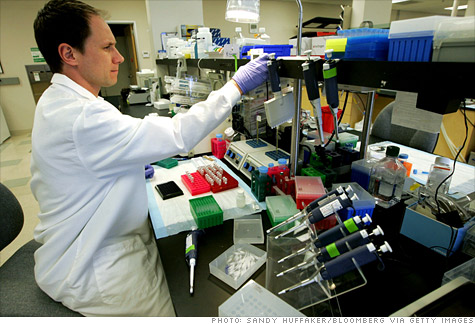A recent Italian study of myotonic dystrophy patients concluded that many patients up to 88% may show deficiencies of Vitamin D. Over 40% of patients showed severe Vitamin D deficiencies. Patients with DM may need to consider a multivitamin of Vitamin D supplement to insure adequate nutrition. Many DM patients have less social and ambulatory abilities which may limit their outdoor activities in sunny weather. The sun which is a source of vitamin D.
Isis Pharmaceuticals Myotonic Drug
Informal reports continue to give good vibes on the drug that Isis pharmaceuticals is developing for myotonic dystrophy (DM). The drug is an antisense approach one that will break up the clogs that are causing the DM disease. Very little information is being released by the company, however.
Myotonic Dystrophy Testing Costs
Myotonic Fundraiser Tweet #raceforall
Report of using BiPAP with Infants Newborns with Congential Form of Myotonic Dystrophy
Successful use of BiPAP in infants with congenital myotonic dystrophy.
Source
Department of Paediatrics and Adolescent Medicine, Queen Mary Hospital, LKS Faculty of Medicine, University of Hong Kong Department of Paediatrics and Adolescent Medicine, Duchess of Kent Children’s Hospital and Queen Mary Hospital, LKS Faculty of Medicine, University of Hong Kong, Hong Kong.
Abstract
Reported herein are two cases of severe phenotype of congenital myotonic dystrophy (CDM) with presentation of respiratory insufficiency at birth. The infants were successfully managed with bi-level positive airway pressure (BiPAP) via nasal mask. The use of BiPAP in infants with CDM has not been reported before. The rationale for using BiPAP is discussed. BiPAP may be more effective than continuous positive airway pressure in managing respiratory insufficiency, especially in infants with the more severe phenotype of CDM.





